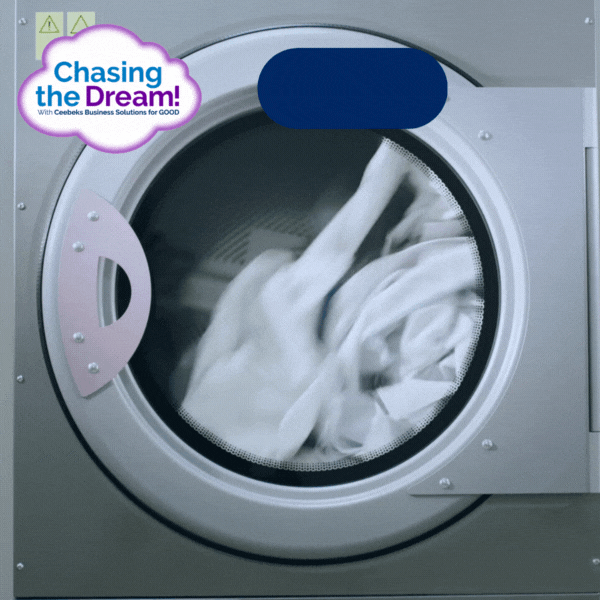Hello Chasers,
As tax time is upon us once again, many taxpayers find themselves uncertain about what they can claim as deductions to minimise their taxable income.
One area where mistakes are frequently made is claiming for clothing purchased for work purposes, even if required by the employer. While claiming work-related clothing expenses is allowed under certain circumstances, misunderstanding the rules can lead to potential errors, unwanted audits and the resulting penalties and interest for getting it wrong!
Let’s look at some common mistakes taxpayers make when claiming clothing expenses and how to avoid them.
- Confusing Uniforms with Everyday Clothing: One of the most common errors taxpayers make is claiming everyday clothing as work-related expenses. Generally, the cost of buying or cleaning ordinary clothing worn for work, such as suits, business attire, or casual wear, cannot be claimed, even if your employer expects you to dress a certain way. These items are considered part of your personal wardrobe and are not eligible for tax deductions. Conventional or everyday clothing is not a compulsory uniform, even if your employer requires you to wear it, or you pin a name badge to it.
- Failure to Meet the “Distinctive” Test: To claim clothing expenses for a compulsory work uniform, the clothing must be distinctive, unique to your workplace, and not suitable for everyday wear. This means that the clothing must have a logo or design specific to your employer or industry. Many taxpayers mistakenly assume that wearing branded clothing or a company’s logo automatically qualifies for a deduction. However, unless it meets the distinctive test, it does not qualify.
- Overlooking the “Non-compulsory” Aspect: Even if your employer requires you to wear a particular type of clothing, it is essential to consider whether it is a compulsory uniform or non-compulsory. If your employer merely suggests or recommends a specific dress code without enforcing it as a compulsory uniform, you cannot claim the expenses associated with purchasing or cleaning that clothing. You can’t claim for non-compulsory work uniforms unless your employer has registered the design with AusIndustry. This means the uniform is on the Textile, Clothing and Footwear Corporatewear Register and you wear the uniform at work. Shoes, socks and stockings can never form part of a non-compulsory work uniform. Neither can a single item of clothing, such as a jumper.
- Failing to Keep Proper Records: Accurate record-keeping is crucial when claiming any work-related expenses, including clothing. The Australian Taxation Office (ATO) may request evidence of your purchases, such as receipts or invoices, to verify your claims. Failing to keep these records can result in your claim being denied, leading to potential penalties or back taxes.
- Claiming for Clothing Provided by the Employer: Sometimes, employers provide clothing or uniforms to their employees. In such cases, taxpayers cannot claim deductions for the cost of those clothing items, even if they are required to wear them at work.
- Claiming for Laundry, Dry-cleaning & Repairs: The costs you incur to launder, dry-clean or repair clothing you wear at work, even if the clothing is supplied by your employer, are tax deductible and can be claimed if the clothing is:
- occupation-specific and not conventional
- protective
- a compulsory uniform
- a non-compulsory uniform registered with AusIndustry.
When it comes to laundry, dry-cleaning, and repair expenses for work-related clothing, there are certain rules and guidelines to follow for claiming deductions. Here’s a summary of the key points:
Laundry Expenses:
You can claim the costs of washing, drying, and ironing work clothing that falls into specific categories, such as occupation-specific clothing, protective clothing, compulsory uniforms, or non-compulsory uniforms registered with AusIndustry.
This includes expenses incurred at laundromats.
You cannot claim if your employer provides laundry services or reimburses you.
A reasonable basis for calculating your laundry claim is $1 per load if it only contains work clothing from eligible categories, or 50 cents per load if personal items are mixed with work clothing.
Dry-Cleaning and Repair Expenses:
You can also claim the actual costs incurred for dry-cleaning and repairing work-related clothing from the eligible categories listed above.
Keeping Records:
To claim a deduction, you need to keep receipts that show the name/business name of the supplier, the amount spent, the nature of the items, the date of payment, and the date the receipt was produced.
If you don’t have a receipt, you can provide alternative evidence such as bank statements, invoices, or purchase orders.
If your total claim for work-related expenses (excluding car, travel, and overtime meal allowance) is less than $300, you can claim without receipts but should be able to justify your claim.
If your laundry expenses are $150 or less (washing, drying, and ironing, excluding dry-cleaning), you can claim without providing written evidence, even if your total claim exceeds $300. However, written evidence is required for other work-related expenses.
If your total claim for work-related expenses is more than $300, and your total claim for laundry expenses is more than $150, you need written evidence for both.
Remember to maintain proper records and follow these guidelines to ensure accurate claims for laundry, dry-cleaning, and repair expenses associated with your work-related clothing.
Claiming clothing expenses for work purposes can be a beneficial tax deduction if done correctly. However, it is essential to understand and follow the ATO guidelines to avoid common mistakes. Always ensure that the clothing meets the distinctive test and is genuinely required for your work. Keep detailed records of purchases and expenses and seek professional advice if you are unsure about any aspect of claiming work-related clothing expenses.
By staying informed and compliant, you can make the most of your eligible deductions and avoid potential pitfalls during tax time.
Have a great day!
Read more of our daily blogs for valuable insights and stay up-to-date with the latest industry news – click here to access the full article on our blog page.


